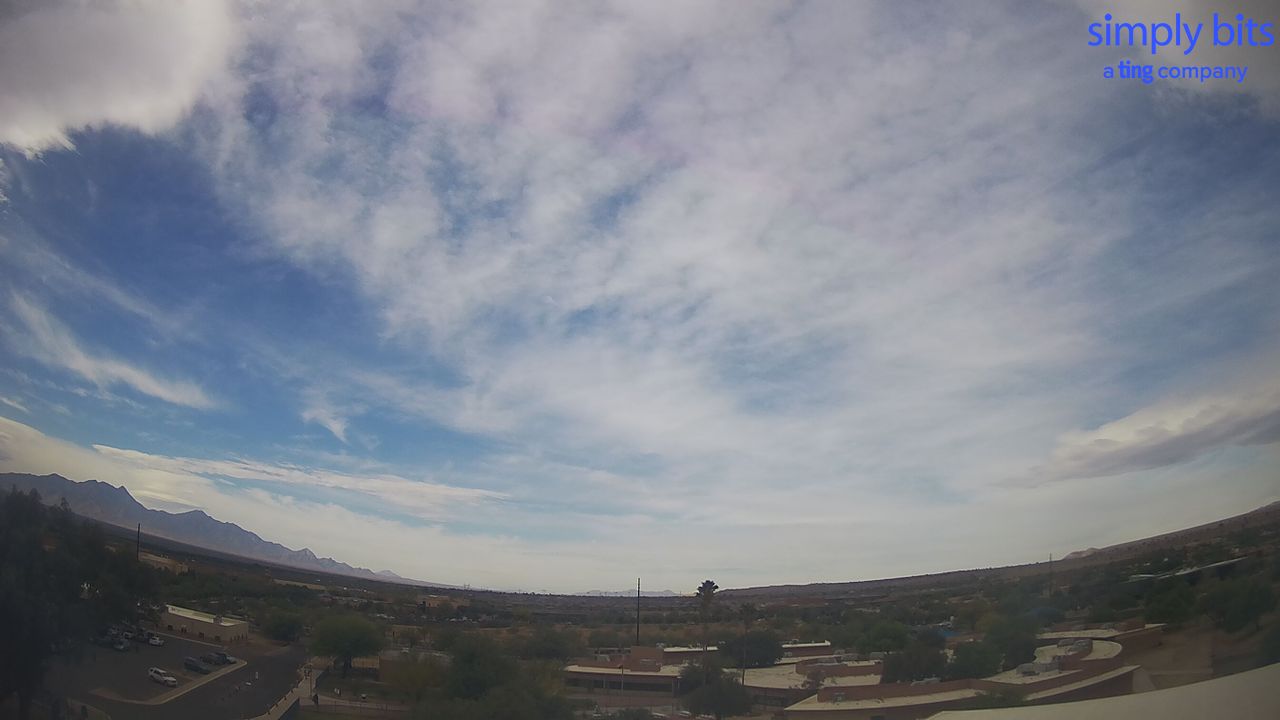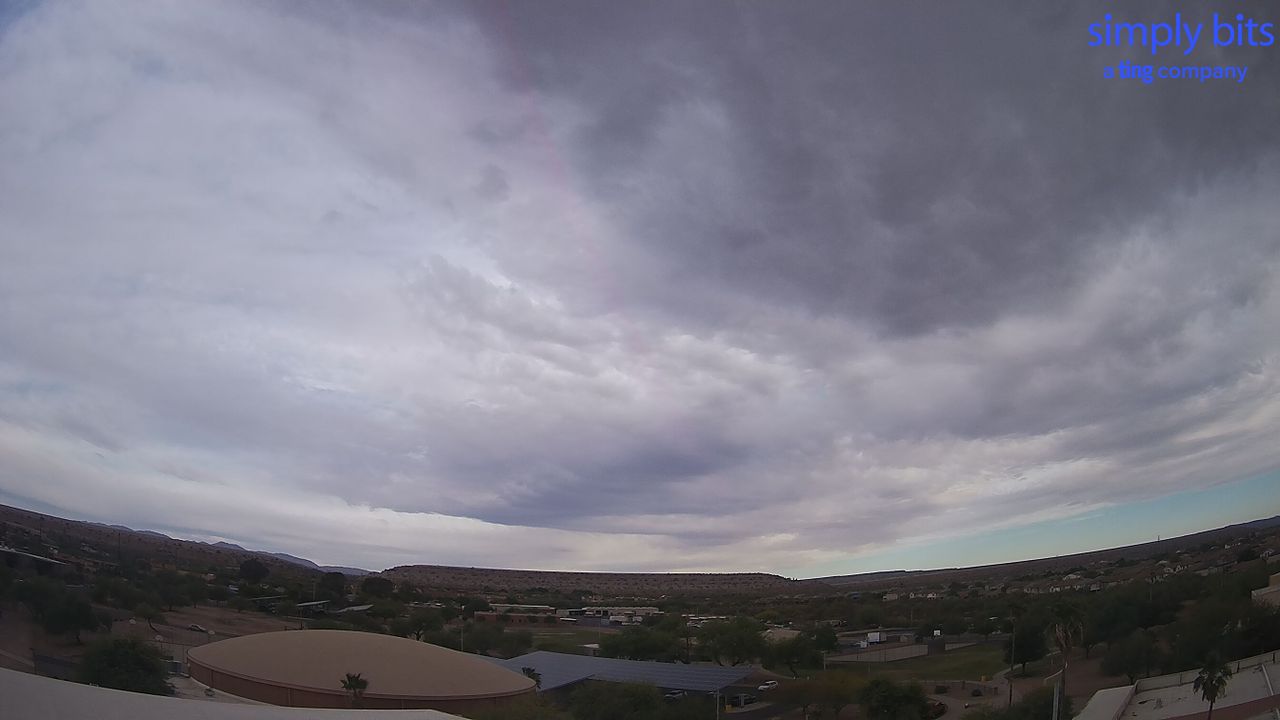Sahuarita, AZ Weather Cams
Sahuarita North Cam

Sahuarita South Cam

Sahuarita East Cam

Sahuarita West Cam

Sahuarita, Arizona: A Tapestry of Agriculture, Mining, and Growth
Sahuarita, AZ Weather Cams. Sahuarita, Arizona, is a town steeped in rich history, shaped by its Indigenous roots, Spanish colonial influences, and the industries that fueled its growth. Located in southern Arizona, just south of Tucson, Sahuarita has undergone significant transformations over the centuries. From the Native American tribes that once thrived in the region to the modern suburban town it has become, the story of Sahuarita is one of resilience, adaptation, and progress.
Indigenous Beginnings
Long before European settlers arrived, the land that now comprises Sahuarita was home to Indigenous peoples, including the Hohokam, Tohono O’odham, and Apache tribes. The Hohokam, known for their sophisticated canal systems, cultivated crops in the arid desert environment, adapting to the harsh conditions with ingenuity. Archaeological evidence suggests they had well-established communities in the region, using irrigation techniques to sustain agriculture.
The Tohono O’odham, whose ancestors might have descended from the Hohokam, also lived in the area, maintaining their traditions and adapting to the changing environment. Their deep connection to the land was evident in their agricultural practices, spiritual beliefs, and communal lifestyle. Meanwhile, the Apache, renowned for their warrior culture and territorial defense, occupied parts of southern Arizona, including Sahuarita.
Spanish and Mexican Influence
In the late 1600s, Spanish explorers and missionaries began making their way into present-day Arizona. Father Eusebio Francisco Kino, a Jesuit missionary, played a significant role in establishing missions in the region, including Mission San Xavier del Bac, located north of Sahuarita. The Spanish introduced Christianity, cattle ranching, and new agricultural techniques to the Indigenous people.
By the early 1800s, Sahuarita was under Mexican control following Mexico’s independence from Spain in 1821. Mexican settlers continued cattle ranching and expanded agricultural activity. However, conflicts with Apache warriors persisted, making settlement difficult.
American Expansion and the Gadsden Purchase
In 1854, the Gadsden Purchase marked a turning point for Sahuarita. The agreement between the United States and Mexico transferred a significant portion of southern Arizona, including Sahuarita, to American control. The purchase aimed to facilitate railroad expansion and solidify territorial claims.
After the Civil War, American settlers, ranchers, and entrepreneurs moved into the region. The Southern Pacific Railroad, completed in the late 19th century, played a crucial role in Sahuarita’s development, providing transportation for goods and people. The railroad linked Arizona’s southern communities to the broader national economy, encouraging growth.
The Rise of Agriculture and Ranching
By the late 1800s and early 1900s, agriculture and ranching became central to Sahuarita’s economy. The area’s climate and access to water sources made it an ideal location for farming. Ranchers established cattle operations, while farmers grew crops such as cotton, pecans, and alfalfa.
One of the most influential agricultural developments in Sahuarita was the pecan industry. The region’s fertile soil and warm climate were well-suited for pecan cultivation, leading to the establishment of large-scale orchards. Today, Sahuarita remains one of the most significant pecan-producing areas in the United States.
Mining: The Legacy of the Copper Industry
Southern Arizona has long been known for its mineral wealth, particularly copper. While Sahuarita was primarily an agricultural town, nearby mining operations significantly impacted its growth. The presence of copper-rich deposits led to the establishment of mines in the region, creating jobs and attracting workers.
One of the most notable mining operations was the Mission Mine, operated by ASARCO. Located west of Sahuarita, the mine played a critical role in the local economy, providing employment and driving industrial development. Although the mining industry fluctuated with global economic conditions, it remained a cornerstone of southern Arizona’s prosperity.
The Growth of a Modern Community
Sahuarita remained a quiet rural town throughout much of the 20th century. However, in the latter half of the century, suburban expansion from Tucson reached Sahuarita, leading to significant population growth.
The town was officially incorporated in 1994, marking the beginning of a new era. Master-planned communities, improved infrastructure, and economic initiatives transformed Sahuarita into a thriving residential area. The town attracted families, retirees, and professionals seeking a peaceful yet accessible location near Tucson.
Education and public services expanded alongside Sahuarita’s population boom. The Sahuarita Unified School District grew to accommodate the rising number of students, and businesses established roots in the community to support the needs of residents. The town also prioritized parks, recreational facilities, and community engagement, fostering a vibrant quality of life.
Sahuarita Today
Today, Sahuarita is a blend of historical charm and modern development. While remnants of its agricultural and mining past remain, the town has embraced technology, commerce, and suburban living. Residents enjoy a mix of local shops, cultural events, and outdoor activities, with the stunning backdrop of the Sonoran Desert shaping the town’s identity.
Sahuarita continues to balance growth with sustainability, ensuring that its heritage is honored while embracing innovation. Whether through its pecan orchards, historical sites, or the welcoming spirit of its community, Sahuarita remains a unique and evolving town in southern Arizona.
For more information, visit the official Sahuarita, Arizona website.
